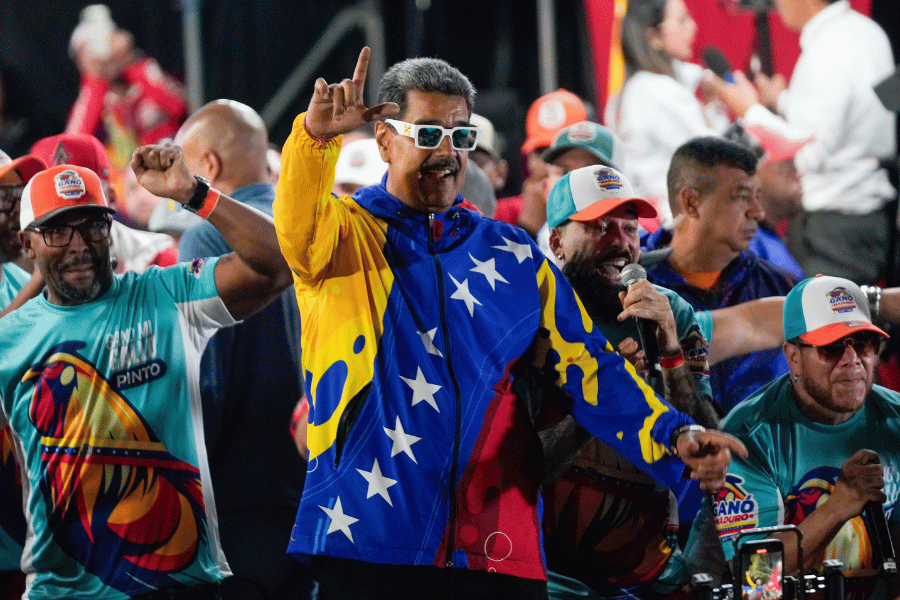
by Bernd Debusmann | 7 Aug 2024 | Decoder Replay, Economy, History, Politics, Wh-Y Vote
The chaos taking place in Venezuela over its recent election feels like a rerun. Why can’t a nation rich in oil satisfy the needs and desires of its people? Nicolas Maduro dances outside the Miraflores presidential palace after electoral authorities declared him...
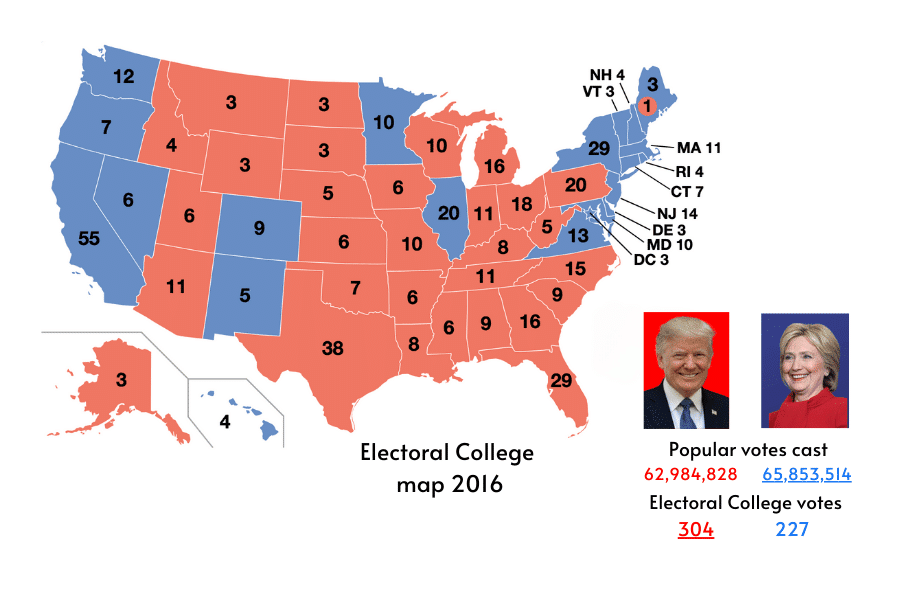
by Marcy Burstiner | 1 Aug 2024 | Decoders, History, Politics, Wh-Y Vote
Why the winner of the most votes in the U.S. presidential election might lose the presidency. A map shows the results of the Electoral College in the 2016 U.S. presidential election and the results of the general election. (Illustration by News Decoder) This article...

by Alistair Lyon | 31 Jul 2024 | Asia, Decoder Replay, History, Politics
Change in leadership in the two countries brings the possibility of rapport. But there is a long history of hostility that is hard to overcome. Supreme Leader Ayatollah Ali Khamenei, left, speaks after giving his official seal of approval to newly-elected President...
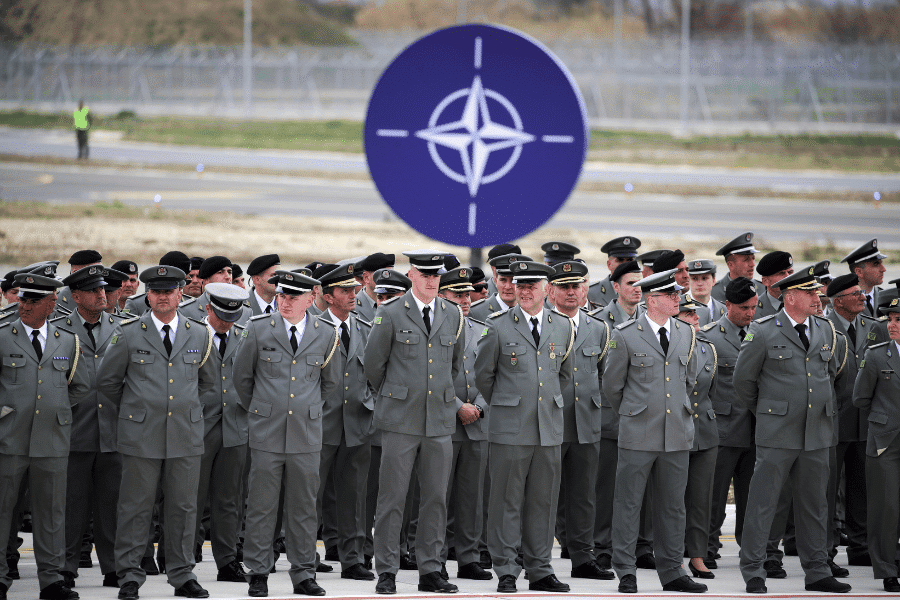
by John West | 29 Jul 2024 | Decoders, Europe, History, Politics, Russia, Ukraine, United States
The mutual defence pact started with 12 nations and now has 32 members. But does bigger mean safer? Military officers attend a ceremony in Albania for the inauguration of an international tactical air base, NATO’s first in the Western Balkan region, 4 March 2024. (AP...
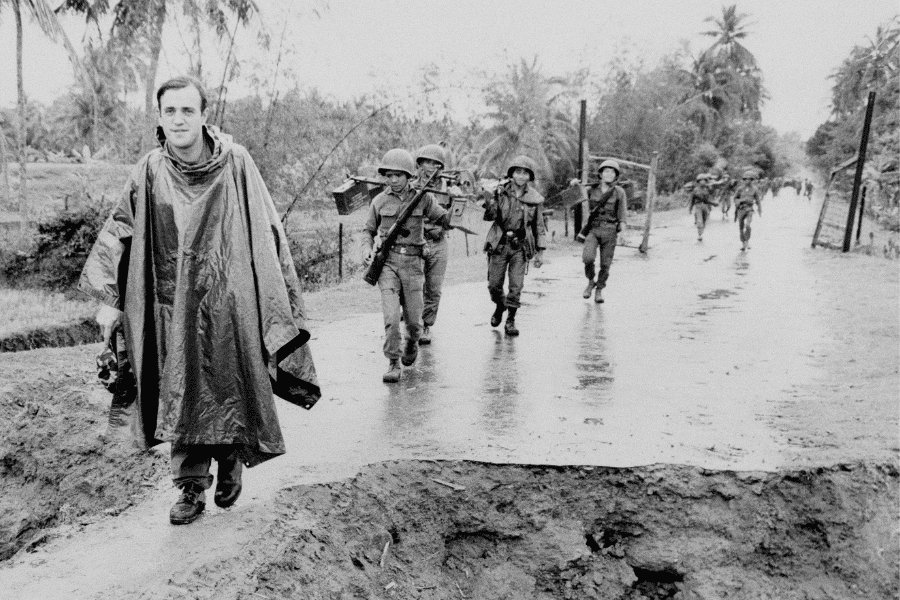
by Susan Ruel | 18 Jul 2024 | Asia, History, Journalism, News Photography, United States
In 1962 reporters arriving in Vietnam found an increasing U.S. military presence that wasn’t supposed to exist. Reporting what was happening took courage. Associated Press correspondent Peter Arnett, left, marches in column with Vietnamese troops as he covers...
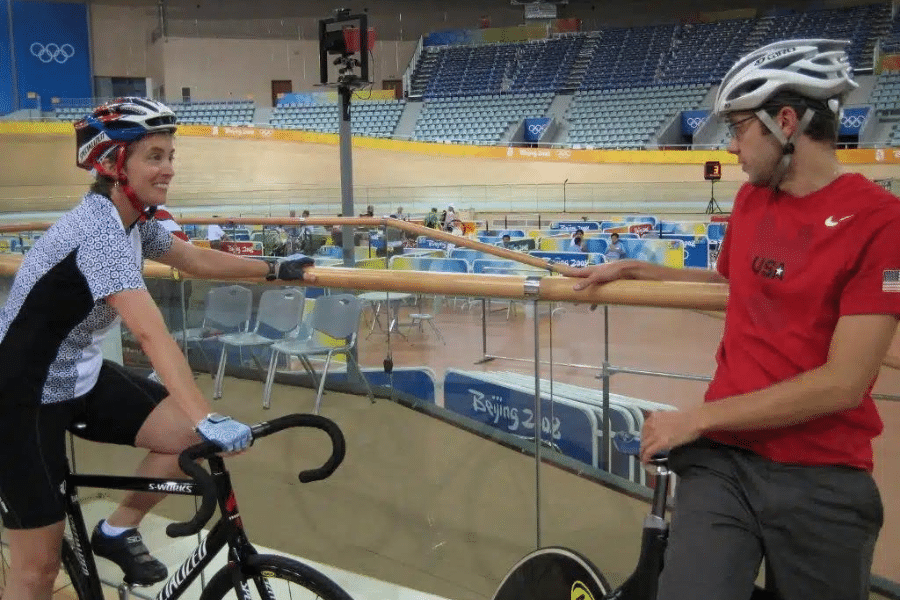
by Deborah Charles | 17 Jul 2024 | Decoder Replay, History, Journalism, Sports
Journalists don’t win medals. But to cover the Olympics takes extraordinary stamina. You don’t want to let down the team. The author (left) before tackling the Beijing velodrome. (Photo courtesy of Deborah Charles) Editor’s note: The 2024 Summer...
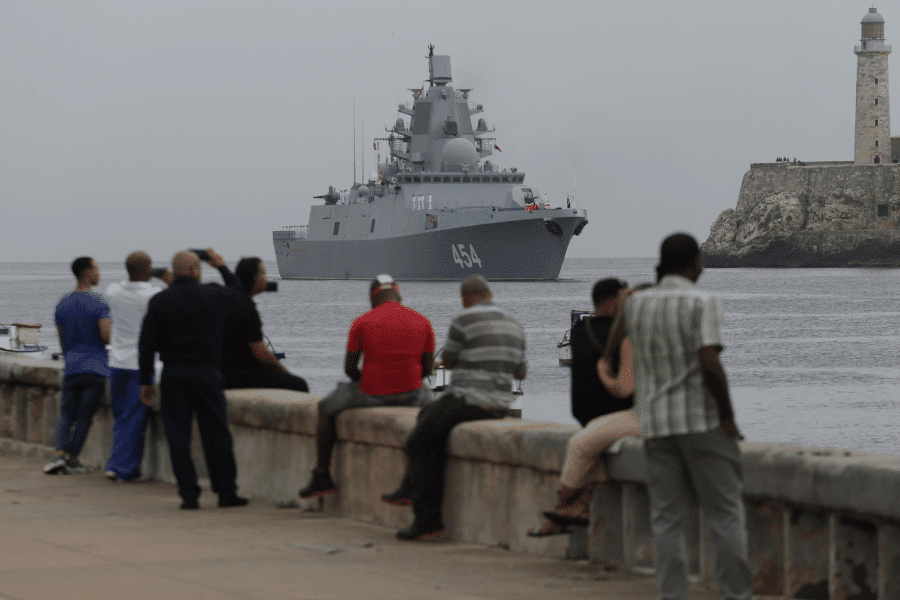
by Daniel Warner | 11 Jul 2024 | Decoders, History, Politics, Russia, United States
A fleet of Russian warships in Havana in June revived memories of the 1962 face off between Kennedy and Kruschev that had the world holding its breath. People watch the Russian Navy Admiral Gorshkov frigate arrive at the port of Havana, Cuba, 12 June 2024. A fleet of...

by Lauren Heuser | 10 Jul 2024 | Decoder Replay, Government, History, Politics
When the rule of law doesn’t apply to world leaders, can they be reined in? Should a president or prime minister be above the law? A man takes a bribe. (Photo by Kazakov Anatoliy Pavlovich/Getty Images) Editor’s note: On 2 July 2024, the U.S. Supreme Court...
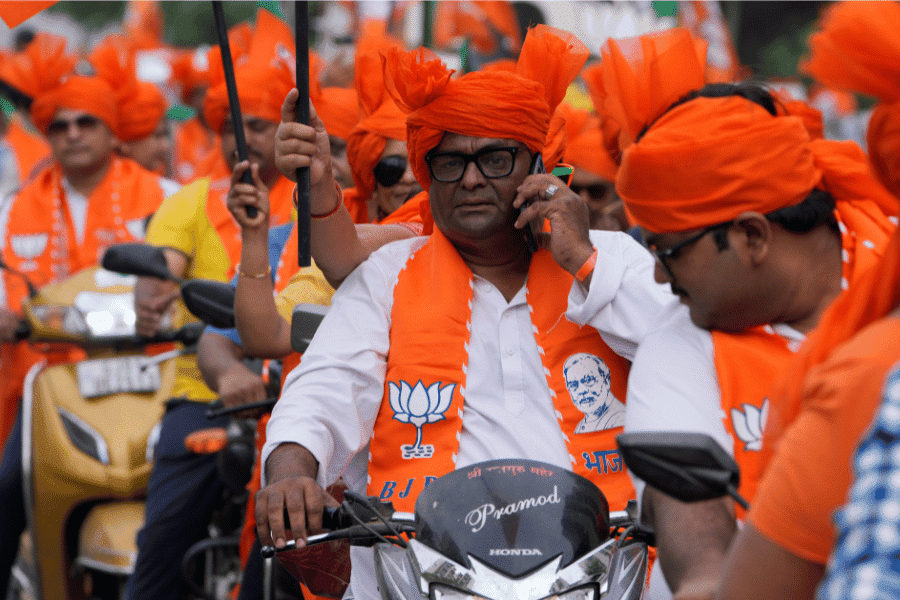
by John West | 25 Jun 2024 | Decoders, History, India, Politics
Elections jolted the ambitions of Prime Minister Narendra Modi and his ruling party. But they may have breathed fresh life into India’s flagging democracy. Supporters of India’s ruling Bharatiya Janata Party (BJP) in a bike rally campaign for the general...
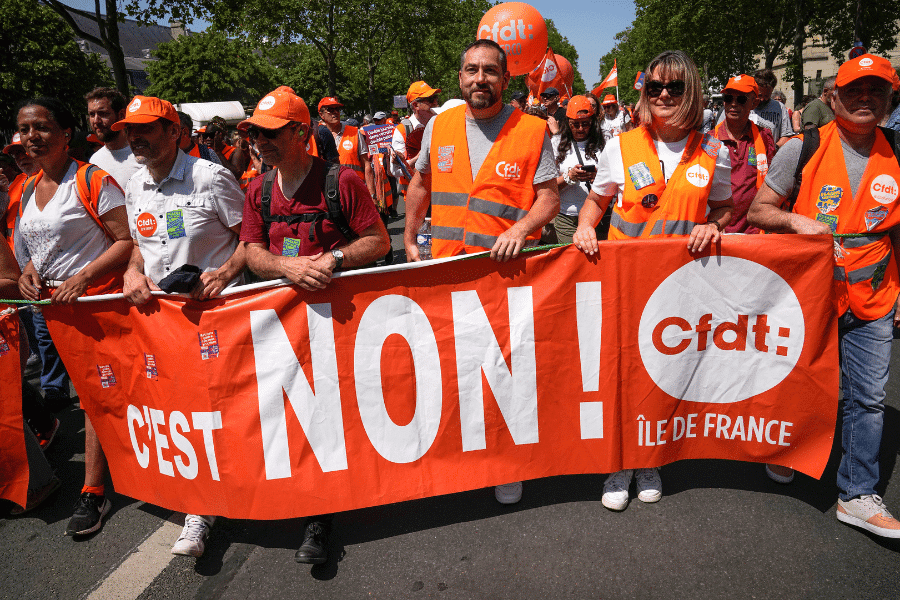
by Leia Neilson | 11 Jun 2024 | Contest winners, Europe, History, Politics, School Year Abroad, Student Posts, Youth Voices
When you think of France, you might picture sitting at a café. But taking to the streets to air grievances is as French as Beaujolais. Protesters in Rennes, France march over pension reforms and more, April 2023. (Photo credit: Clover Choi) This article, by high...










